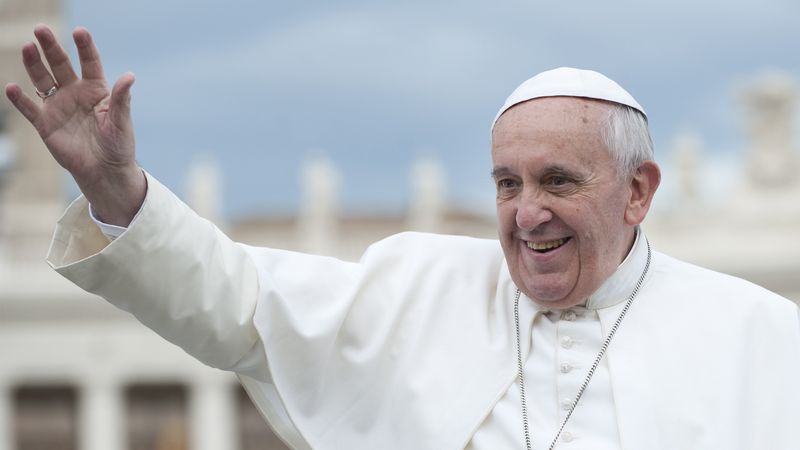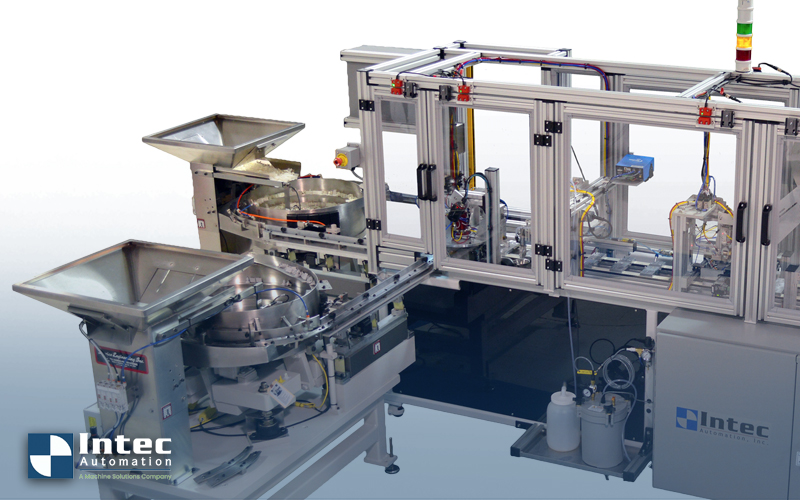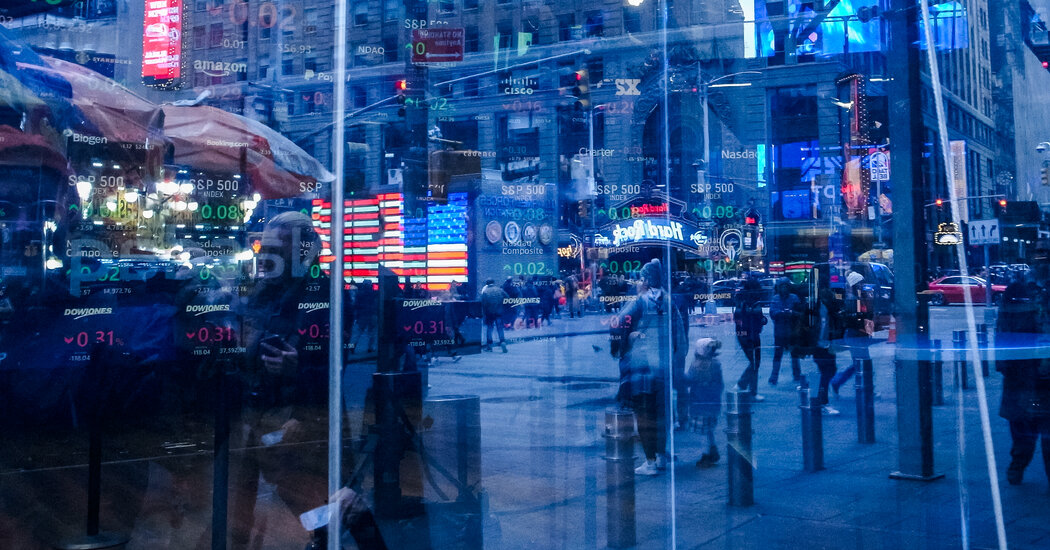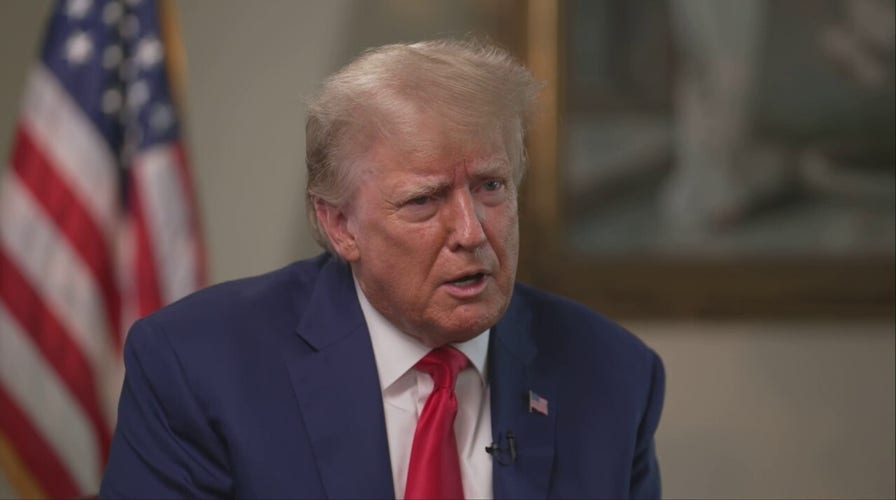How Is A New Pope Chosen? A Comprehensive Guide To Papal Conclaves

Table of Contents
The Death or Resignation of a Pope
The process begins with the death or resignation of the reigning Pontiff. The formal declaration of a Pope's death or resignation triggers a precise series of events. The Camerlengo, or Chamberlain of the Holy Roman Church, plays a crucial role in this initial phase. This high-ranking Cardinal is responsible for several key actions:
- Confirmation of the death/resignation: Officially verifying the Pope's passing or acceptance of his resignation.
- Securing the Papal apartments: Ensuring the safety and integrity of the Apostolic Palace and its contents.
- Preparation for the Conclave: Initiating the procedures necessary for the gathering and housing of the Cardinals who will participate in the Papal Conclave. This involves coordinating logistics and communication with the College of Cardinals.
The Pre-Conclave Preparations
Following the confirmation of a vacancy in the Papacy, the College of Cardinals convenes in Rome. This body of Cardinals, under the age of 80, is responsible for electing the next Pope. The period before the Conclave itself involves significant preparations:
- Determining eligibility of Cardinals: Verifying that all Cardinals under the age of 80 are eligible to participate in the election. This involves checking their standing within the Church.
- Accommodation and security arrangements: Arranging for the accommodation and security of the Cardinals during their stay in Rome, ensuring their comfort and safety. The Vatican City State undergoes heightened security measures.
- The importance of secrecy and the oath of secrecy: All participants take an oath of secrecy, promising not to reveal any information about the deliberations or votes during the Papal Conclave. This oath emphasizes the solemnity and integrity of the process.
The Papal Conclave Itself: The Process
The Papal Conclave takes place in the Sistine Chapel within the Vatican. The process is meticulously defined and steeped in tradition. The central element is the voting process, known as scrutiny:
- The voting process: Cardinals cast secret ballots, which are then collected and counted.
- The "fumata" (smoke signal): Black smoke signals an inconclusive round of voting, while white smoke signifies the election of a new Pope. This visual cue is eagerly awaited by the world.
- The use of a stove to burn ballots: A special stove is used to burn the ballots after each round of voting, ensuring complete secrecy.
- The process of repeating the ballots until a two-thirds majority is reached: The voting continues until a candidate receives the necessary two-thirds majority of votes.
The Election of the New Pope
The moment a new Pope is elected is marked by a palpable sense of anticipation. The announcement, "Habemus Papam!" ("We have a Pope!") signals the conclusion of the Conclave.
- The new Pope's first actions and responsibilities: The newly elected Pope immediately assumes his responsibilities as the head of the Catholic Church.
- The selection of a Papal name: The new Pope chooses a Papal name, often reflecting a personal or spiritual significance.
- The first Papal blessing (Urbi et Orbi): The new Pope delivers his first Papal blessing to the city of Rome and the world from the central balcony of St. Peter's Basilica.
Frequently Asked Questions (FAQs) about Papal Conclaves
Several common questions arise about the Papal Conclave process:
- How long does a Conclave typically last? The length varies, with some lasting only a few days and others extending for weeks.
- What happens if no Pope is elected? If no candidate achieves the required majority after several days, a period of reflection might occur before further voting.
- Can a Cardinal withdraw their candidacy? Yes, a Cardinal can withdraw their candidacy at any point during the Conclave.
Conclusion
The election of a new Pope through the Papal Conclave is a unique and complex process blending centuries-old traditions with the critical task of selecting the leader of the Catholic Church. This intricate procedure, marked by secrecy, tradition, and global significance, underscores the importance of continuity and spiritual leadership within the Catholic faith. The key takeaways highlight the importance of tradition, secrecy, and the impact of this event worldwide. Want to learn more about the fascinating process of choosing a new Pope? Explore further resources on Papal Conclaves to expand your knowledge!

Featured Posts
-
 500 Million Bread Price Fixing Settlement Canadian Hearing Set For May
Apr 22, 2025
500 Million Bread Price Fixing Settlement Canadian Hearing Set For May
Apr 22, 2025 -
 Overcoming The Challenges Automating Nike Sneaker Manufacturing
Apr 22, 2025
Overcoming The Challenges Automating Nike Sneaker Manufacturing
Apr 22, 2025 -
 Increased Tensions Lead To 1 Billion Harvard Funding Cut By Trump Administration
Apr 22, 2025
Increased Tensions Lead To 1 Billion Harvard Funding Cut By Trump Administration
Apr 22, 2025 -
 Kyiv Faces Trumps Ukraine Peace Plan A Ticking Clock
Apr 22, 2025
Kyiv Faces Trumps Ukraine Peace Plan A Ticking Clock
Apr 22, 2025 -
 Razer Blade 16 2025 Ultra Thin Laptop Performance And Cost Analysis
Apr 22, 2025
Razer Blade 16 2025 Ultra Thin Laptop Performance And Cost Analysis
Apr 22, 2025
